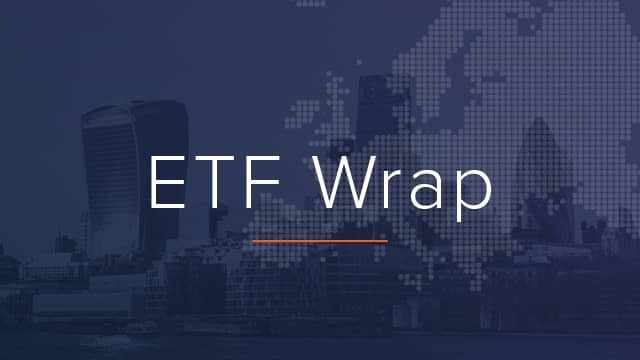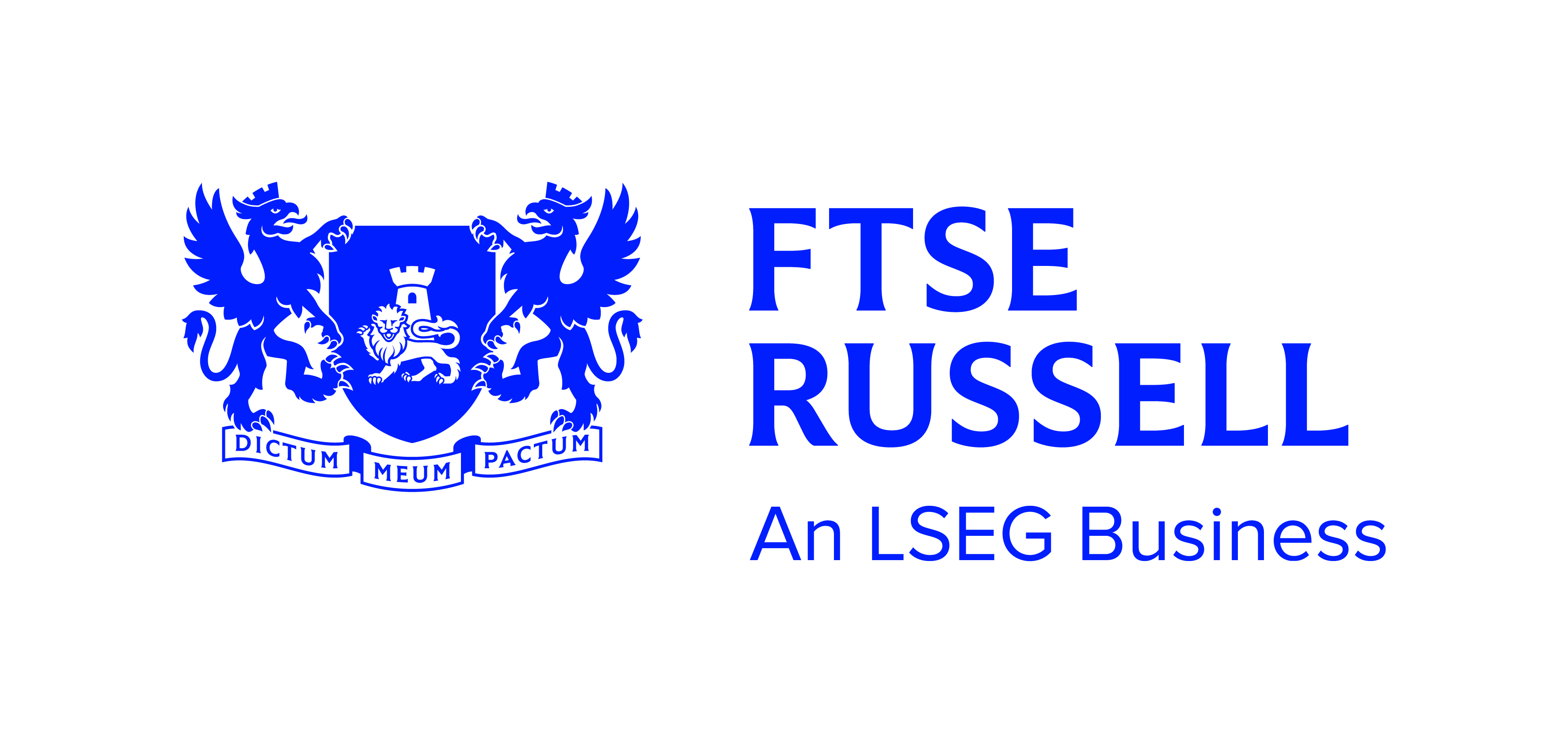European investors are not convinced by the current gatekeeping on ‘light’ green Sustainable Finance Disclosure Regulation (SFDR) Article 8 funds as shown by notable outflows during their first stress test.
Since February, the product class has seen significant redemptions including €30.3bn outflows in Q2 alone versus €5.9bn inflows over the same period for ‘dark’ green Article 9 funds – which also had their best month of flows ever in July, according to data from Morningstar.
The cause of this is likely the lack of vetting on what constitutes an Article 8 fund, with a considerable 700 products switching their SFDR status last quarter alone. Most of these were switches from the unsustainable Article 6 to Article 8, with zero funds being downgraded from Article 8 status.
In a fresh review of its funds, Morningstar told Bloomberg as much as 23% of Article 8-labelled funds do not meet the criteria of an ESG fund. The data provider later added this figure was taken partway through an ongoing migration process to a new ESG fund framework, which it has now completed.
This comes after it removed the ESG label from 1,200 funds within its own classification system.
Asset managers are also responding by shoring up their products’ ESG credentials, with many adding Paris-aligned benchmark (PAB) criteria to their ETFs so far this year. Fidelity became the latest issuer to do this on one of its first fixed income ETFs in Europe this week with the firm reclassifying the ETF to Article 9.
Many investors will be increasingly wary of investing in Article 8 funds in the run-up to SFDR ‘phase two’ implementation next year, with more precise criteria likely to see a number receiving long-overdue downgrades.
Better late than never for India
India may be on the cusp of being included in emerging market bond indices after JP Morgan opened a new round of consultations on bringing India into its GBI-EM Global Diversified index.
The move comes after the Reserve Bank of India removed restrictions on foreign investor ownership of Indian bonds for the first time in March 2020.
The country’s inclusion in the JP Morgan benchmark could drive an estimated $30bn inflows into Indian debt and upwards of $170bn over the next decade, according to Morgan Stanley.
The Bloomberg Global Aggregate index and FTSE Emerging Market Bond index are also yet to include Indian debt. Last year, FTSE Russell placed Indian sovereigns on its watchlist for inclusion which is set for review next month.
Lee Collins, head of fixed income at Legal & General Investment Management, which runs Europe’s only pure India bond ETF, said inclusion in Bloomberg’s aggregate benchmark would drive $10bn inflows.
Russia triggers an unceremonious departure from ETFs
Russia’s war in Ukraine has shut the lights out on a number of ETFs but is about to see an entire ETF issuer close its doors, with ITI Funds calling a meeting to vote on liquidating its ETF UCITS SICAV platform.
The Russia-focused ETF issuer suspended its products in March and board member Natalia Petrova stepped down after just 13 months in May.
In August, it proposed terminating its ETFs and liquidating its platform, subject to a shareholder vote at an exceptional general meeting (EGM).
However, after the quorum representing 50% of its shareholding was not met at the first EGM, the firm will reconvene a second meeting to vote on its liquidation on 19 September, where no threshold for attendance is required.
ETF Wrap is a weekly digest of the top stories on ETF Stream
Related articles








